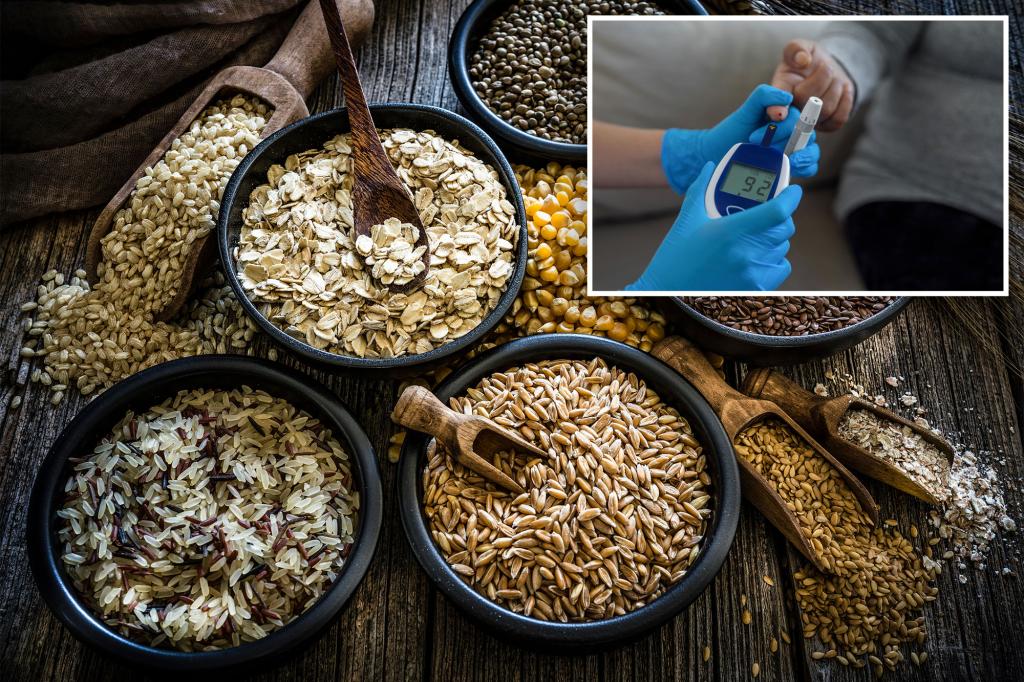Summarize this content to 2000 words in 6 paragraphs
Ryes and shine — new research finds that consuming oats, brown rice, and millet can benefit people with Type 2 diabetes.
Ancient grains have earned acclaim for their nutritional composition — they’re a good source of fiber and protein, and they haven’t been refined like white flour and white rice. Ancient grains include millet, quinoa, farro, black barley, buckwheat, and chia seeds.
NewYork-Presbyterian notes that the fiber in these types of grains slows down the digestion and absorption of food, preventing blood sugar spikes. High blood sugar is a hallmark of diabetes.
A new analysis of 29 studies — which included a total of 1,809 participants — found that eating ancient grains improved several diabetes markers, such as insulin levels, fasting blood glucose, and cholesterol.
Cholesterol and fasting blood glucose benefited from oats in particular. The researchers noted that oats are “rich in proteins, carbohydrates, soluble fibers, phenolic compounds, and minerals.” Phenolic compounds have demonstrated antioxidant and anti-inflammatory properties.
Brown rice, meanwhile, had “statistically significant effects” on HbA1c — which represents a person’s average blood glucose levels over the last three months — and body mass index, but not on other blood sugar or cholesterol markers.
Millet — the seeds of cereal grasses — showed “a significant effect” on body weight but “this result should be interpreted with caution,” the researchers warned, because the weight loss may stem from something else.
The analysis also “did not find any significant effect of chia” consumption for people with Type 2 diabetes.
The researchers cautioned that more research is needed due to the variation between the studies they included in the review and the limited sample sizes.
Dr. Avantika Waring — a board-certified physician in endocrinology, diabetes, and metabolism, and chief medical officer at 9amHealth, who was not involved in the study — told Medical News Today last week that it’s better to prioritize whole grains over refined grains like cereals and pasta.
“Regardless of what type of foods you prefer, covering half the plate with green veggies, [a] quarter with lean protein (can be plant-based like beans or tofu), and a quarter with whole grains is a balanced approach,” Waring said.


